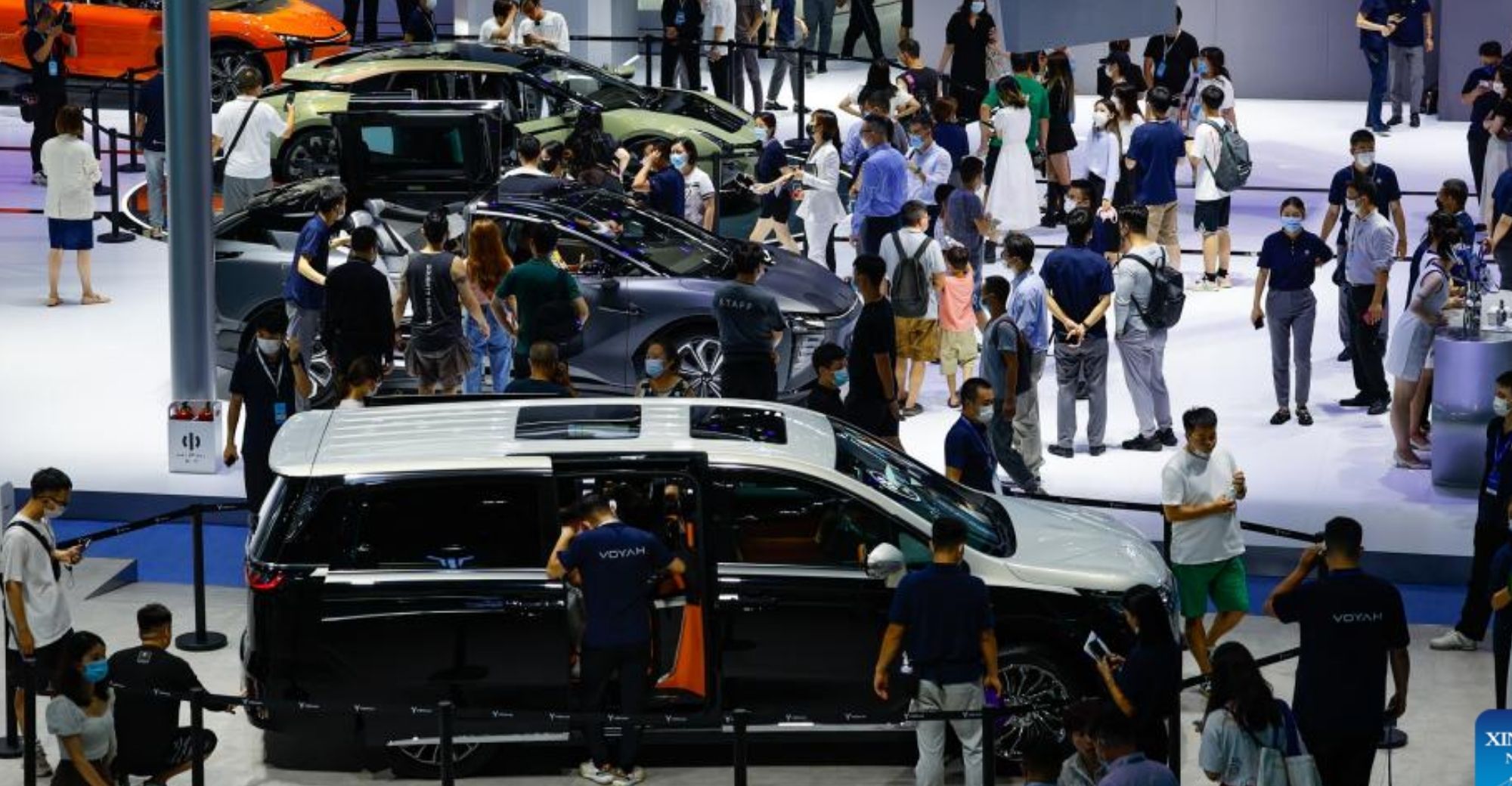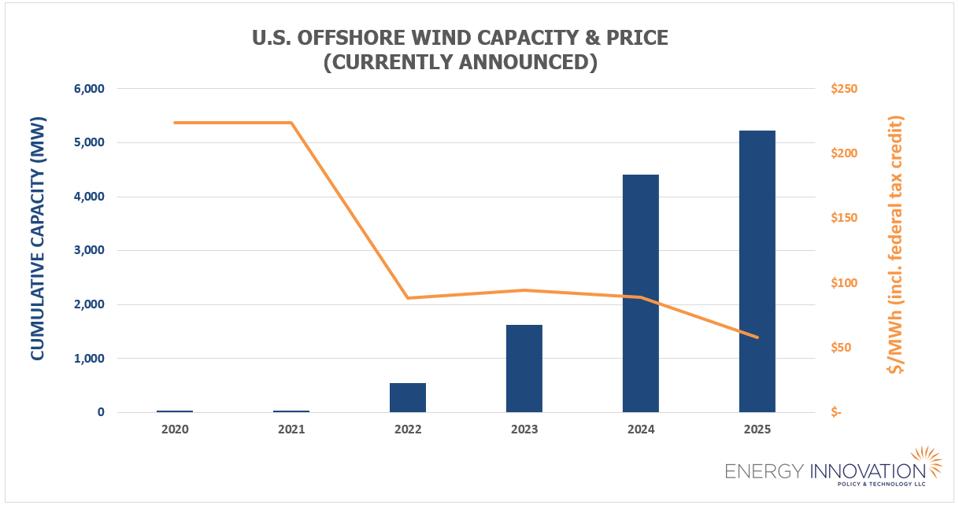Navigating The Chinese Market: The Struggles Of BMW, Porsche, And Other Automakers

Table of Contents
Intense Domestic Competition
The Chinese automotive industry is fiercely competitive, posing a significant hurdle for international players like BMW and Porsche. This intense competition stems primarily from two key factors: the rise of local brands and the resulting price wars.
Rise of Local Brands
The rapid ascent of Chinese auto brands such as BYD, NIO, and Xpeng represents a major threat. These domestic manufacturers are not only producing technologically advanced vehicles but also offering them at competitive prices.
- Superior Understanding of Local Preferences: Chinese brands often possess a superior understanding of local consumer preferences, incorporating features and designs specifically tailored to the domestic market.
- Robust After-Sales Service Networks: They boast extensive and efficient after-sales service networks, crucial for customer satisfaction in a vast and diverse country.
- Government Support and Subsidies: Significant government support and subsidies further strengthen their competitiveness, providing them with a considerable advantage in the market. This support encompasses everything from research and development grants to preferential tax treatment.
Price Wars and Market Share Erosion
The intense rivalry has inevitably led to frequent price wars, significantly impacting the profit margins of international brands. This aggressive pricing strategy forces established players like BMW and Porsche to adjust their pricing models, often resulting in reduced profitability.
- Adapting Pricing Strategies: BMW and Porsche are compelled to implement competitive pricing strategies, sometimes sacrificing profitability to maintain market share.
- Reduced Profitability: The price wars directly translate into lower profit margins for international automakers operating in China.
- Increased Localization Costs: The need to localize models and adapt them to Chinese consumer preferences adds to the already substantial production and distribution costs. This includes adapting to specific fuel efficiency standards and incorporating features highly desired by Chinese consumers.
Regulatory Hurdles and Infrastructure Challenges
Beyond intense competition, international automakers face significant regulatory hurdles and infrastructure challenges when navigating the Chinese market. These challenges require careful planning, significant investment, and a deep understanding of the local regulatory environment.
Stringent Emission Standards and Regulations
China's increasingly stringent emission standards and environmental regulations necessitate substantial investment in research and development (R&D) to ensure compliance. Failure to meet these standards can result in substantial penalties and damage to brand reputation.
- Increased Production Costs: Meeting the stringent emission standards adds significantly to production costs.
- High R&D Investment: Significant upfront investment in R&D is required to develop vehicles that meet these demanding standards.
- Penalties for Non-Compliance: Non-compliance can result in hefty fines and serious reputational damage, hindering market success.
Navigating the Complex Regulatory Landscape
The Chinese automotive sector is characterized by a complex and often intricate regulatory landscape. Understanding and complying with the bureaucratic processes involved is a major challenge for international companies.
- Bureaucratic Delays and Costs: Navigating bureaucratic procedures often leads to delays and significant administrative costs.
- Necessity of Local Partnerships: Local partnerships are frequently required, adding layers of complexity to operations and decision-making.
- Regulatory Changes and Uncertainty: Frequent changes in regulations can significantly impact business plans and necessitate constant adaptation.
Understanding Chinese Consumer Preferences
Successfully navigating the Chinese market requires a deep understanding of Chinese consumer preferences. This understanding extends beyond simply offering competitive pricing; it necessitates a focus on technological innovation and a strong brand image.
Tech-Savvy Consumers and Demand for Innovation
Chinese consumers are highly tech-savvy and expect cutting-edge technology in their vehicles. This demand necessitates continuous investment in technological advancements to remain competitive.
- Continuous Technological Investment: Maintaining a competitive edge requires constant investment in R&D to incorporate the latest technological features.
- Rapid Adaptation and Innovation: Companies must adapt quickly to emerging technological trends and consumer demands.
- Risk of Lost Sales: Failing to keep pace with technological advancements can lead to significant losses in market share.
Brand Perception and Luxury Positioning
Maintaining a strong brand image and luxury positioning is crucial, but it presents its own challenges in a rapidly evolving market with the emergence of strong domestic luxury brands.
- Strategic Brand Management: Companies need sophisticated brand management strategies to compete effectively with rising domestic luxury brands.
- Resonating with Evolving Tastes: Marketing efforts must resonate with the ever-changing preferences and aspirations of Chinese consumers.
- Building and Maintaining Trust: Building and sustaining brand trust is paramount for long-term success in the Chinese market.
Conclusion
Successfully navigating the Chinese market requires a deep understanding of its unique challenges. International automakers like BMW and Porsche face intense competition from domestic brands, stringent regulations, and the need to cater to sophisticated and tech-savvy consumers. Overcoming these obstacles necessitates significant investment in R&D, robust localization strategies, and a profound understanding of Chinese consumer preferences. Only by adapting to the specific demands of this dynamic market can these companies hope to achieve sustained success and maintain a competitive edge. Learn more about the strategies required to successfully navigate the Chinese automotive market and gain a competitive advantage.

Featured Posts
-
 Farages Nat West Debanking Case Resolved Settlement Reached
May 03, 2025
Farages Nat West Debanking Case Resolved Settlement Reached
May 03, 2025 -
 Malta Coast Drone Attack On Aid Ship En Route To Gaza
May 03, 2025
Malta Coast Drone Attack On Aid Ship En Route To Gaza
May 03, 2025 -
 The Calibri Tattoo Controversy Fact Checking Trumps Claim
May 03, 2025
The Calibri Tattoo Controversy Fact Checking Trumps Claim
May 03, 2025 -
 Are Expensive Offshore Wind Farms Becoming Too Costly For Energy Companies
May 03, 2025
Are Expensive Offshore Wind Farms Becoming Too Costly For Energy Companies
May 03, 2025 -
 Fox News Faces Defamation Lawsuit From Ray Epps Regarding January 6th Narrative
May 03, 2025
Fox News Faces Defamation Lawsuit From Ray Epps Regarding January 6th Narrative
May 03, 2025
